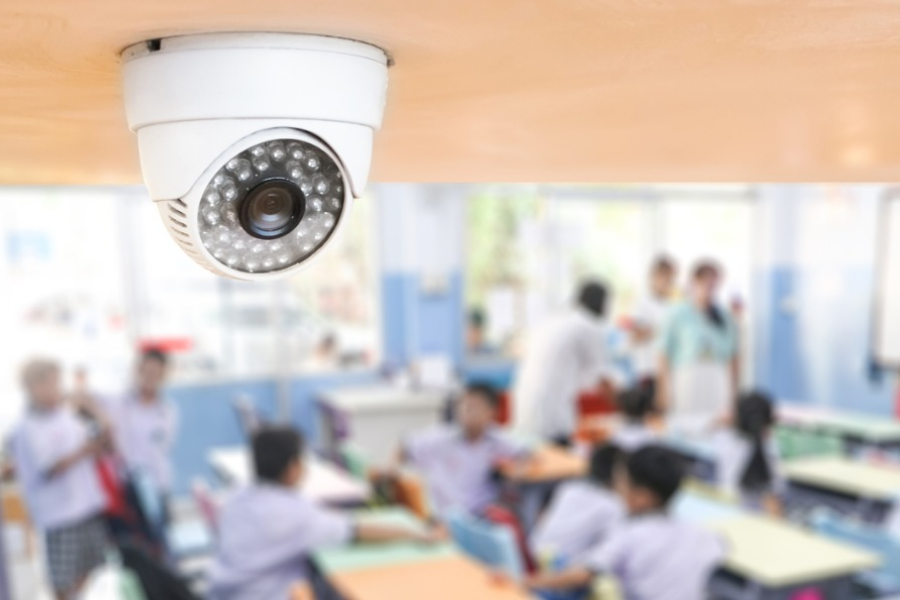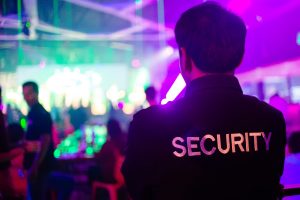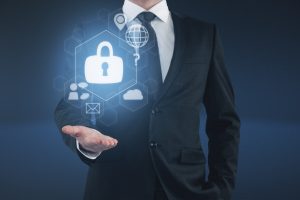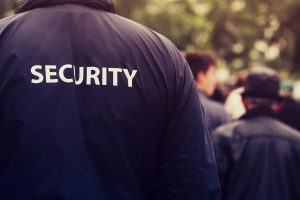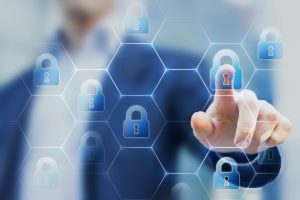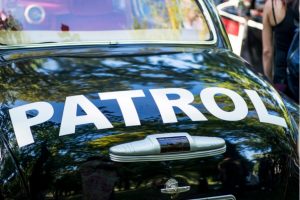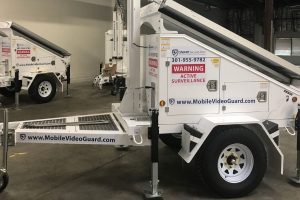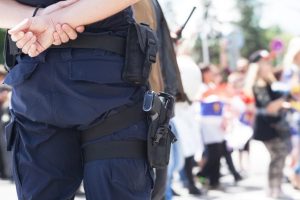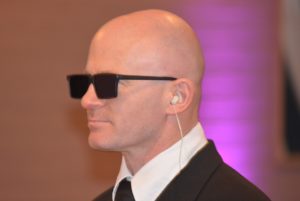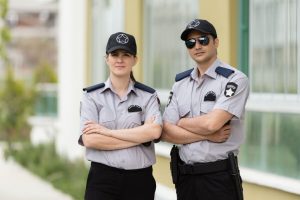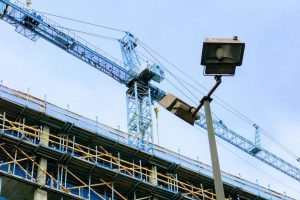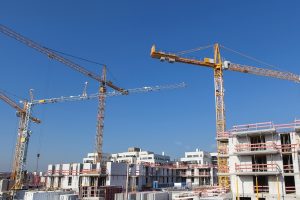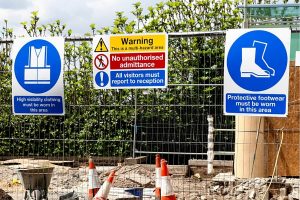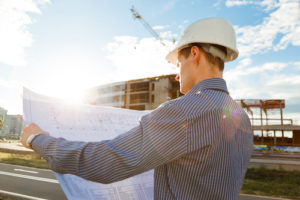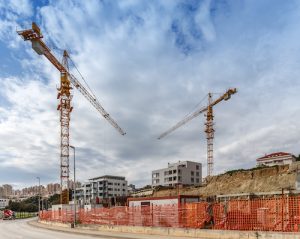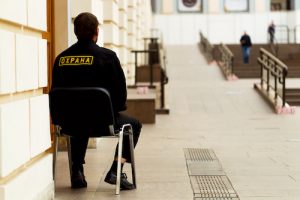School should be a place of learning, leisure, and, most of all, unquestioned safety. This is unfortunately not often the case. Even students in the most peaceful towns and neighborhoods can fall victim to threats like peer and teacher abuse, drug trafficking, abductions, and even active shooter events.
The most recent Indicators of School Crime and Safety Report from the Institute of Education Sciences reveals many more risks facing students and staff. How can we keep children safe and feeling safe in these institutions?
This guide will spotlight how far security cameras have come in terms of technology, how these advancements help to keep schools safe, and why every school should operate video surveillance in tandem with professionals.
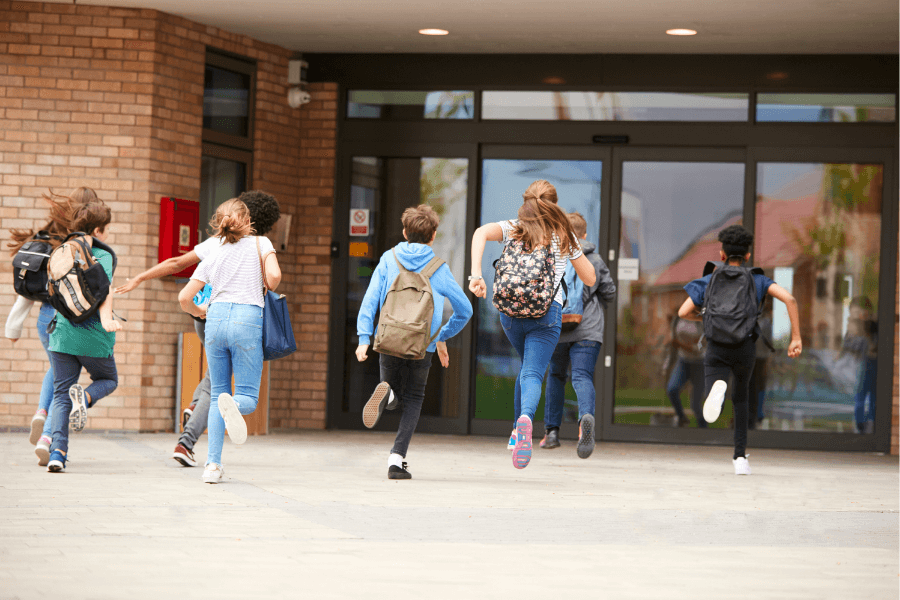
How Modern Video Surveillance Improves on Previous Technologies
The video systems of today operate on a new level. A security camera could previously be disabled by vandalism or hampered by poor environmental conditions, but modern methods have evolved to become externally stronger, internally hypersensitive, and better able to overcome spatial restrictions.
Past models of security cameras were often little more than isolated, mechanized eyes on a fixed scanning area linked to a taping device. Those records were often only useful after the fact. The best older video cameras could do in many instances was passively record a threat. Current surveillance tech is linked to the human element, hybridizing human and machine for optimal effectiveness.
Let us examine how these 21st-century upgrades work in practice.
5 Ways Modern Surveillance Cameras Can Keep Schools Safe
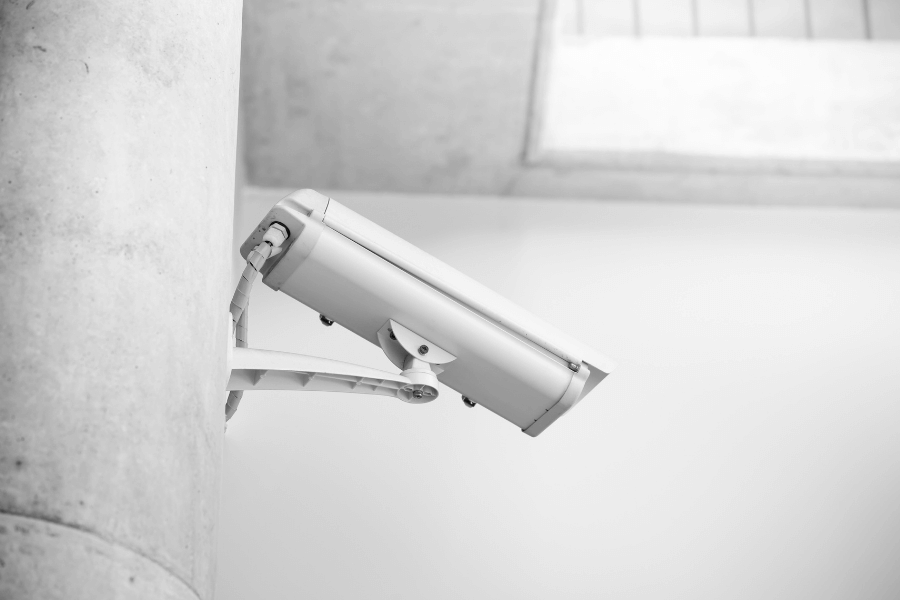
The technological leaps many video surveillance cameras have taken are many. Their combined impact can be summed up by highlighting five key advancements.
They Connect to Video Surveillance Agents (VSAs)
VSAs are plugged directly into your school’s video cameras and can access and control them remotely to focus on exterior and interior zones. This provides both broad-scanning sweeps and close-range zooms to record suspicious activity, persons, or vehicles. VSAs can also alert the school and law enforcement and/or medical responders in the event of a suspicious activity or an emergency.
Today’s Cameras Can Provide Smart Tracking
Smart tracking pinpoints potential threats by selecting and following a target while providing any available data. A good example is License Plate Recognition (LPR), which can identify and provide further information on vehicles that have previously caused or may present potential problems.
Modern Surveillance Is Tough
Environmental factors, vandalism, and even dust can all impair a video camera’s performance, but today’s cameras are much more resilient to these threats. Current models favor a domed lens encased in a hard, tamper-proof shell. The best examples have an IK10 rating, which is the highest possible measurement for resistance to physical damage on the international standard IEC 62262 scale.
They Provide Smart Detection
Smart detection allows video surveillance to report on specified analytical factors like facial recognition, crowd numbers, heat mapping, motion, and abandoned objects. All of these are important tools and data points that can be instrumental in trying to detect and identify a threat.
They Offer Multispectral Analysis
Modern video surveillance adapts to changing environmental conditions, such as light levels and temperature shifts in rooms and people. Higher quality systems are capable of zoom levels of 36x, 60 frames per second (FPS), and 120db of true Wide Dynamic Range, allowing for optimal exposure of everything in the camera’s field of view, even when shadowed.
The best security teams can upgrade these tools and deploy them with a level of expertise that will greatly decrease your threat profile. Schools with the right video surveillance equipment installed and monitored can make perennial safety concerns a thing of the past.
How Video Surveillance Solves 4 Standard School Problems
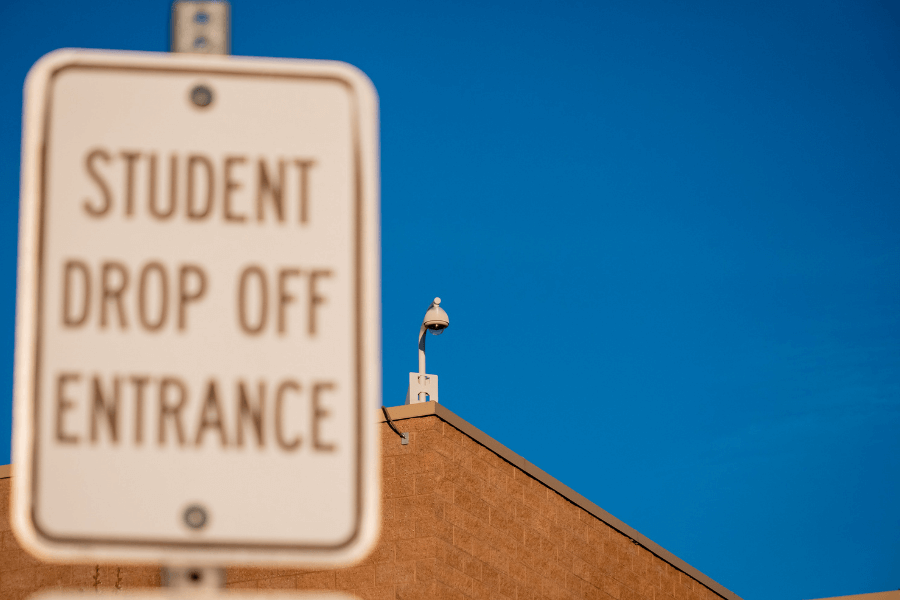
The right hardware can positively affect many school safety factors, from crime levels and illness to promoting proper conduct from everyone on-site. Here is how staff can deploy video cameras to improve physical safety, aid legal proceedings, and encourage psychological well-being to keep schools safe.
Nothing Beats an Unblinking Eye
Parents and guardians trust schools to watch over their children. There are always blind spots, however, sometimes even in a single room. Teachers and on-site security guards are greatly aided by strategically deployed video surveillance that maintains an unwavering focus on both high- and low-traffic areas, day and night, 24/7.
Surveillance Discourages Negative Behavior
Studies show that video surveillance in schools directly affects how students behave and feel. Bullies, drug dealers, and other rule-breakers are forced to think twice, while teachers and the general student body enjoy greater peace of mind. Any adults or unauthorized visitors considering harmful actions are also more effectively deterred by visible surveillance.
Video Cameras Clarify and Support Witness Testimony
Criminal or harmful acts may never be prosecuted without sufficient evidence. Witness testimony frequently conflicts or is hazy due to poor recollection. Video surveillance transcends human error and records details without fail, becoming an invaluable aid for staff, parents, and law enforcement when investigating an incident.
Pandemic Conditions Create New Challenges
Social distancing requirements need to be maintained in class and communal areas such as corridors, staff rooms, and dining halls. Smart detection can monitor interpersonal distance to help maintain these protocols. Thermal imaging cameras may become a valuable tool in early COVID-19 diagnosis as well by monitoring elevated body temperatures in staff, students, and visitors (provided all technical and legal guidelines are adhered to).
Any educational facility reluctant to employ video surveillance – or doing so half-heartedly – loses these benefits and must consider how much danger they leave students and faculty to face. A surveillance expert can walk you through the pros and cons specific to your facility.
The Risks of Insufficient School Surveillance
The danger of having no video surveillance is evident. Some schools may decide instead to cut corners by installing fake cameras or leaving in place cameras that are no longer functional. Here is why both are bad ideas:
- Use of fake cameras is a huge mistake. These cheaper dummy models may deter some bad actors, but many criminals can tell the difference at a glance. Fakes are also useless in triggering alarms and providing evidence.
- Failure to inform students, faculty, and families that security surveillance is not fully operational could create a false sense of security and become grounds for legal action.
- Blind spots can quickly become areas of criminal and dangerous activity.
Legal action against a school is a further possibility if active video surveillance is not professionally positioned. - Even the best video surveillance packages cannot provide fail-safe security. The addition of professional armed security on-site coupled with off-site VSAs could mean the difference between life and death.
Optimizing the performance of video surveillance requires an investment in both the best security technology and the on-site/off-site agents who complement it. True peace of mind comes from knowing that professionals are handling every aspect of the job.
Let SMART Security Pros Answer Your Questions and Safeguard Your School
Our company brings more than 25 years of experience to preserving your safety. Our team of seasoned security professionals can provide fully customized, 24/7 solutions for your school, offer training to staff, and deploy the finest in personnel and technology. Contact SMART Security Pros with any questions or request to speak with an expert today.

